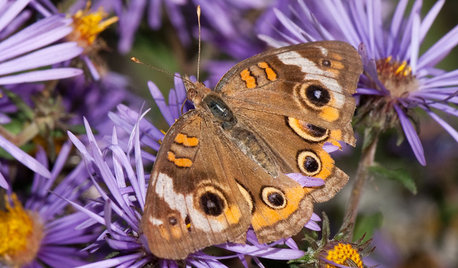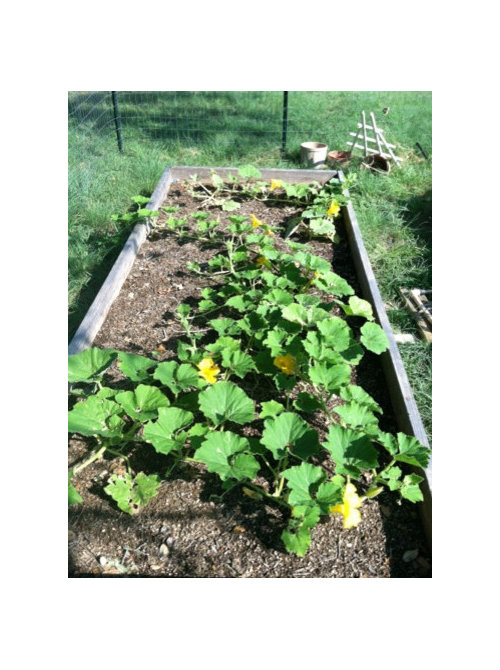what happened to my garden...
maxlife92
11 years ago
Related Stories

GARDENING GUIDESGot Frost-Damaged Plants? How It Happens, and When and How to Prune
Crispy brown leaves are a sure sign that Jack Frost has been to your neighborhood
Full Story
EVENTSTour 5 Gorgeous California Gardens
Get a sneak preview of Palo Alto gardens in the 2015 Gamble Garden Spring Tour, happening Friday and Saturday
Full Story
HOLIDAYSPeek in on a Traditional Christmas — in a Summery Garden
Turkey and plum pudding grace this family's holiday table, but it happens to be set smack dab in a lush New Zealand garden
Full Story
GARDENING AND LANDSCAPINGWhat's in Your Garden?
Beautiful blooms, lush vegetation, maybe even a surprise or two ... we'd love to see what's happening in your landscape this month
Full Story
GOLD FOLIAGEGreat Design Plant: Feather Reed Grass
Use this ornamental grass for height, color, texture and motion in your landscape
Full Story
GARDENING GUIDESGreat Design Plant: Milkweed
Quit cringing. This not-weed plant is a sight to behold in the garden, has a delicious vanilla scent and is a magnet for butterflies
Full Story
FALL GARDENINGGreat Design Plant: Symphyotrichum Novae-Angliae Ushers in Fall
With bold purple flowers easily accessible to pollinators, New England aster offers loads of interest in the autumn garden
Full Story
GARDENING GUIDESGreat Design Plant: Ratibida Columnifera
A shortgrass prairie native wildflower fit for pollinators and dry trouble spots offers benefits all year long
Full Story
GARDENING GUIDESGreat Design Plant: Asclepias Incarnata for a Butterfly Garden
Beautiful swamp milkweed makes it easy to help monarchs and other pollinators in eastern U.S. gardens
Full Story
GARDENING GUIDESGreat Design Plant: Butterfly Milkweed, a Beacon in the Prairie
Vivacious orange flowers for you, nectar for the butterflies and bees. Asclepias tuberosa is worth planting for more reasons than one
Full StoryMore Discussions









daninthedirt (USDA 9a, HZ9, CentTX, Sunset z30, Cfa)
TxMarti
Related Professionals
Manorville Landscape Architects & Landscape Designers · Westwood Landscape Contractors · Surprise Landscape Contractors · Burlington Landscape Contractors · Clark Landscape Contractors · Florham Park Landscape Contractors · Mashpee Landscape Contractors · Vancouver Landscape Contractors · Wanaque Landscape Contractors · Woodland Landscape Contractors · Vadnais Heights Landscape Contractors · Atlanta Window Contractors · Cypress Window Contractors · Estero Window Contractors · Winnetka Window Contractorsmaxlife92Original Author
phoenix7801
maxlife92Original Author
sienna_98
roselee z8b S.W. Texas
maxlife92Original Author
PKponder TX Z7B
maxlife92Original Author
daninthedirt (USDA 9a, HZ9, CentTX, Sunset z30, Cfa)
maxlife92Original Author
daninthedirt (USDA 9a, HZ9, CentTX, Sunset z30, Cfa)
maxlife92Original Author
daninthedirt (USDA 9a, HZ9, CentTX, Sunset z30, Cfa)